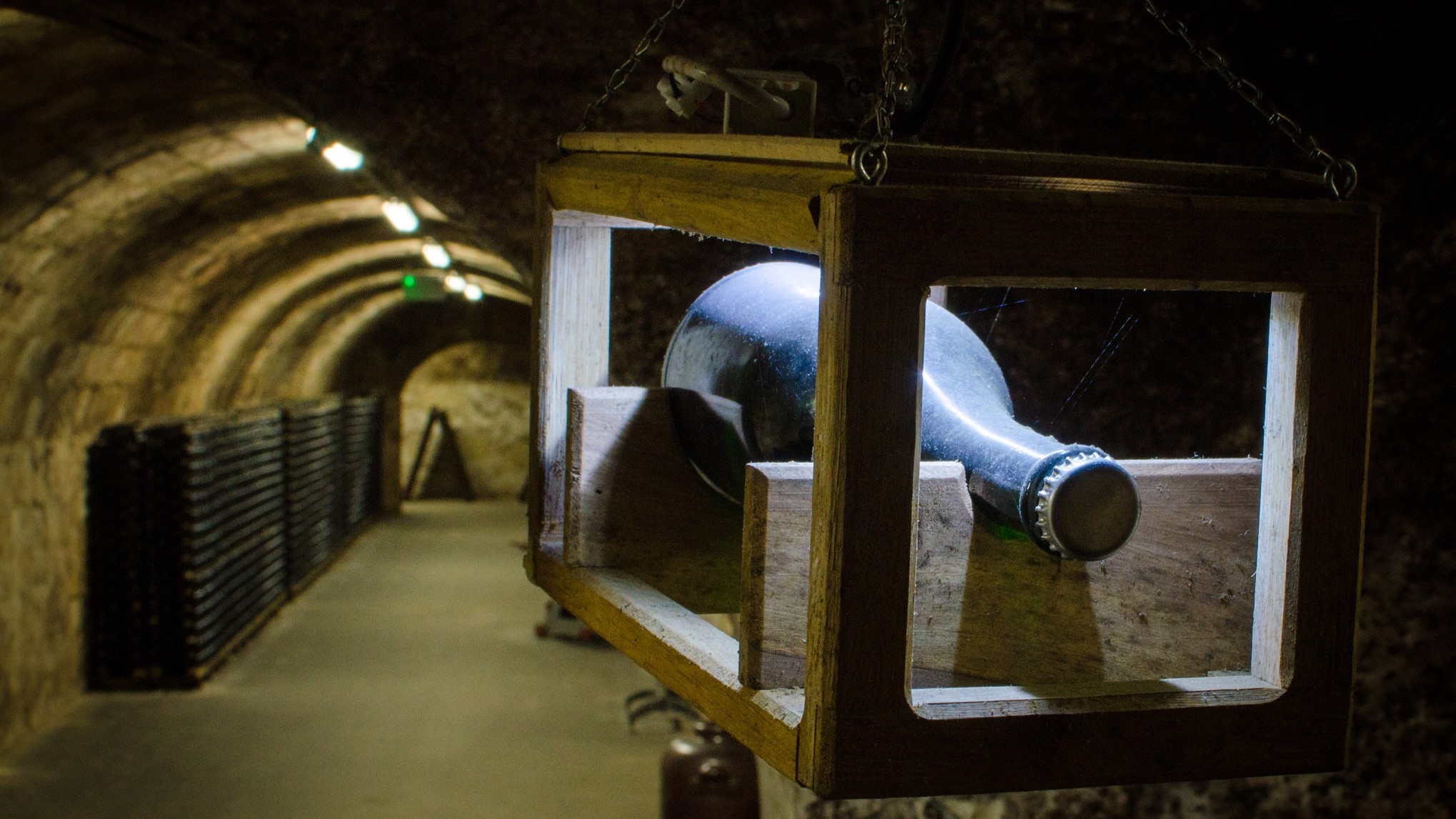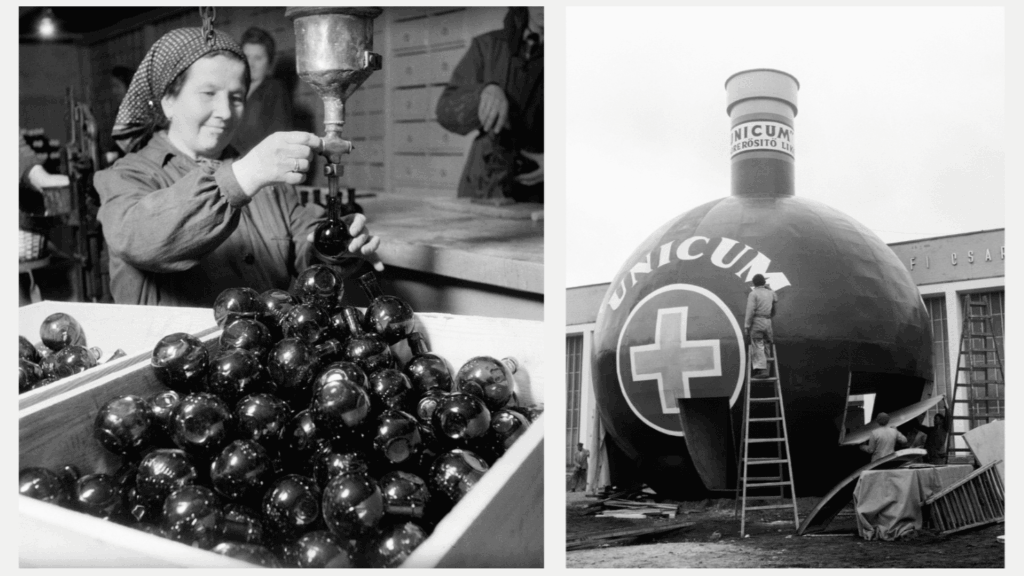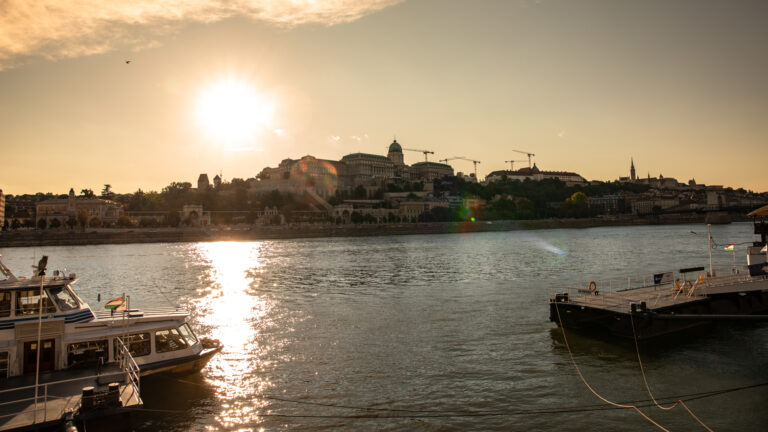The following is a translation of an article written by Emese Hulej, originally published in Hungarian in Magyar Krónika.
In its series about Hungarikums, Magyar Krónika presents the trade secrets of the treasures of the Collection of Hungarian Values—this time, the overwhelming success of the famous Hungarian Törley Sparkling Wine Factory and its history.
The world-famous Törley sparkling wine factory produces sixty different types of sparkling wine, from dry to sweet, using all four of the world’s most renowned technologies. Every production stage, from vine-growing to bottling, is carried out in-house to guarantee quality. In this respect, too, the 142-year-old Budafok factory is a uniquely special one.
The history of this world-renowned family business goes back to Valentin Schmierl, who followed in his ancestors’ footsteps and prepared for a career in the military. He took part in the 1848–49 Revolution and became such an ardent supporter of the cause that he even changed his name. He became Bálint Törlei, whose youngest son, József, who started spelling his surname with a y instead of an i, in the absence of an inheritance, went abroad to seek his fortune, following the rules of traditional fairy tales.
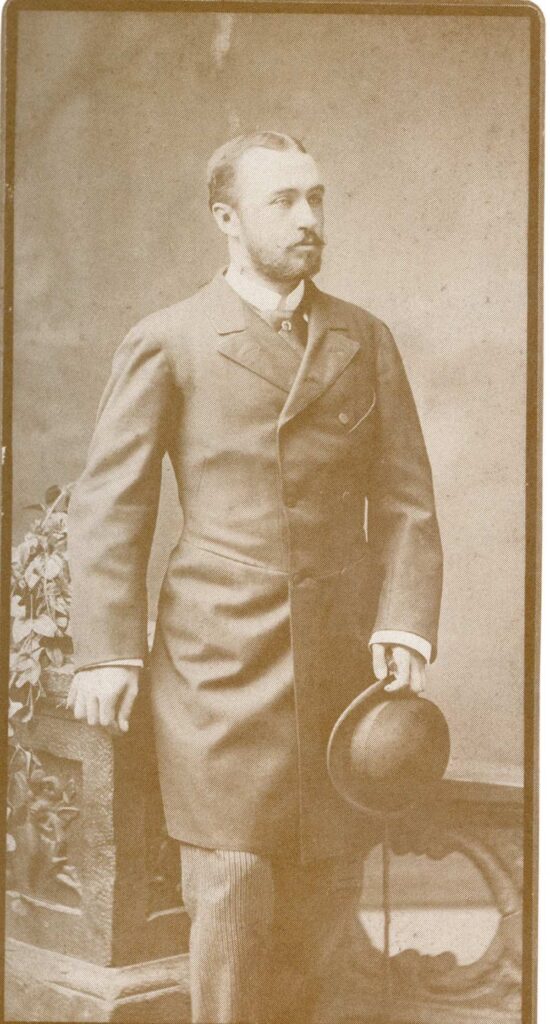
At the commercial academy in Graz, he made friends with the sons of Champagne vintners and went with them to the birthplace of champagne, where the Benedictine abbot Dom Pérignon popped the first bottle of champagne in history. The young Törley became well-versed in the process of making wine and champagne, and by 1880, at the age of just 30, he had already set up his own factory. He was a talented young man, receptive to all that was new, and naturally, he sought to link his homeland with his business. On a buying expedition to his home country, he noticed how similar the small Hungarian village of Etyek was to Champagne, with its chalky soil and cool climate, and in Budafok, now the 22nd district of Budapest, then called Promontor, he found a cellar system carved into the rock, ideal for maturing and storage. That’s how he then set up his factory at home.
‘The young Törley became well-versed in the process of making wine and champagne, and by 1880, at the age of just 30, he had already set up his own factory’
The factory, built in Budafok in 1882, was an astonishingly modern plant. Elevators, steam engines, and pulley hoists were used, so efficiently that by the beginning of the new century, they were already producing a million bottles a year. There was plenty of room in the 12-kilometre-long winding cellar system, and soon the representative castle building was also erected next to the factory.
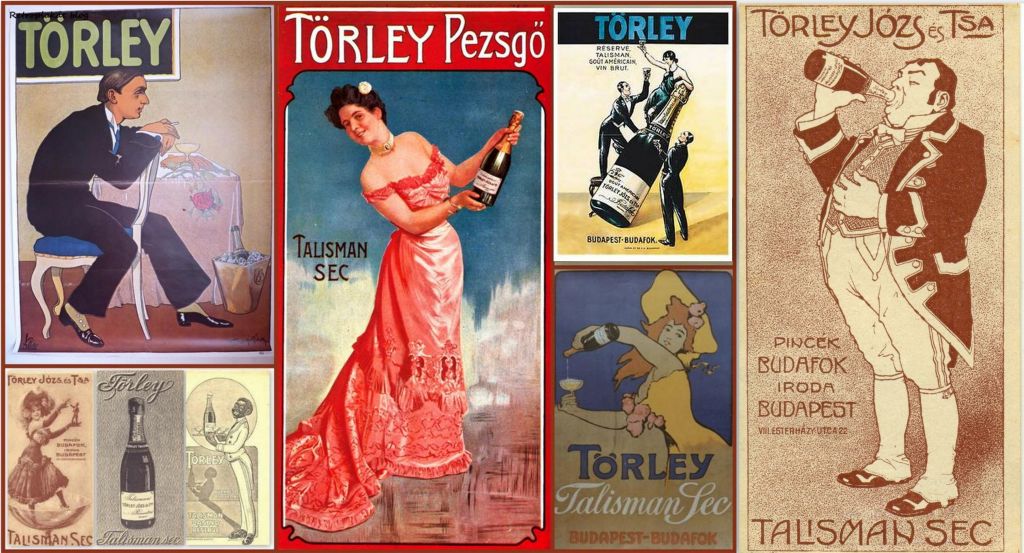
Törley was quite an excellent marketing strategist—to this day his billboards, labels, and posters with company logos appear in countless places. He believed in the power of advertising even before many people knew what it was at all. He was the first to use trucks for transport, however, this is not surprising, given that, in addition to champagne production, he was also one of the pioneers of motor transport, as a founding member of the Hungarian Automobile Club. No reason for pride, though—Törley caused the first documented car accident in Budapest, when during ‘speeding’, he swept away a street sweeper. Luckily, the sanitation worker was unhurt and could console himself with a large quantity of champagne in exchange.
‘Törley caused the first documented car accident in Budapest, when during “speeding”, he swept away a street sweeper’
The Törley factory was thus one of the highly successful family businesses of the post-compromise period, and in recognition of this, its founder was granted a noble status by Franz Joseph during the Millennium celebrations.
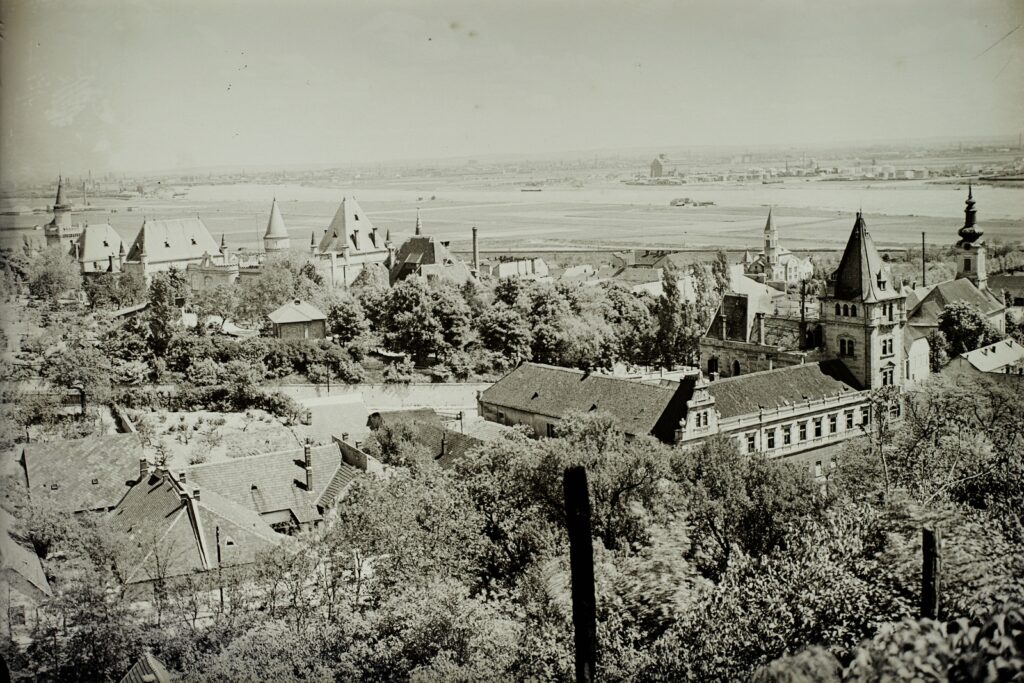
The celebrations of the factory’s quarter-century jubilee had barely ended when József Törley died unexpectedly of appendicitis. With only one daughter born of his marriage, who did not even reach her first birthday, the factory was carried on by his brother’s children—through world economic crises, proletarian dictatorship, world wars, and nationalization. Production restarted in 1951, and Törley became the country’s only champagne factory under the supervision of Unicum Liqueur Factory.
Champagnes made using the traditional method are matured for 24–36 months in the bottle that eventually reaches the consumer’s table. Another method is to mature it in one-and-a-half-litre magnum bottles, which are then emptied back into a tank and bottled in their final packaging. The third method is used to produce light and fruity sparkling drinks, which are matured in tanks throughout and are produced by liquoring. The fourth production method is similar to the third one, except that the must is fermented rather than the wine, and no liqueur is added. For more information on the methods, visit the Törley Sparkling Wine Cellar Ltd website.
Related articles:
Click here to read the original article.

